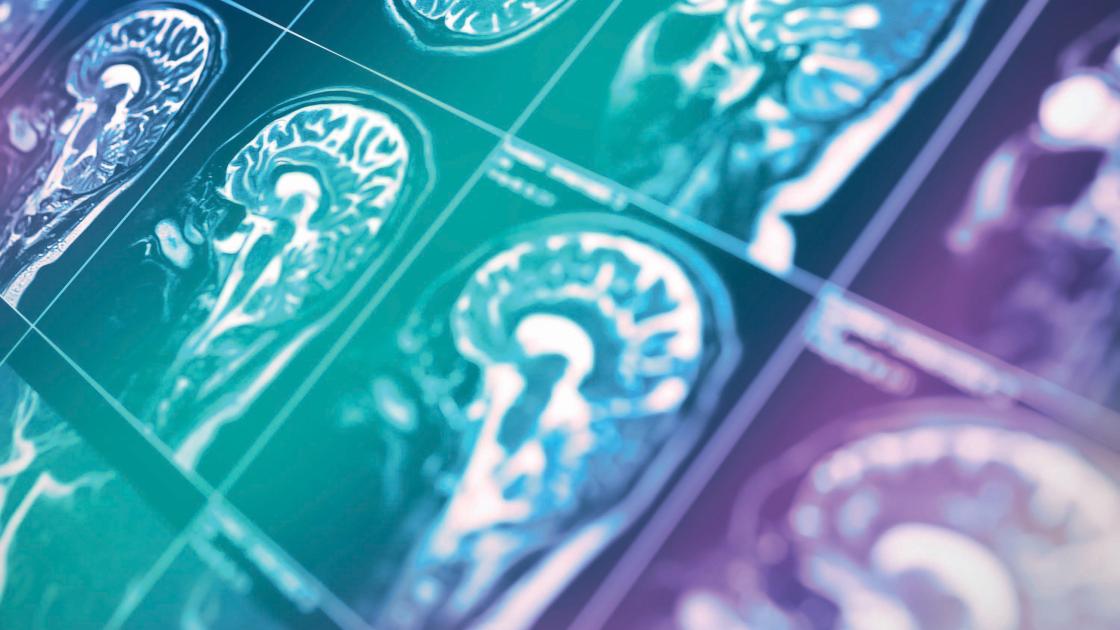
Why do more women develop Alzheimer’s?
Glutamate differences between males and females offer clues
Recent Alzheimer’s disease research is shedding new light on why women are more likely to develop the disease than men.
A new study published in the Journal of Alzheimer’s Disease builds on previous research from the Hascup lab at the Smith Alzheimer’s Center at SIU Medicine about glutamate — the most common neurotransmitter in the brain and important for functions like memory and learning.
Research shows glutamate activates differently for men and women through different life stages.
“We’re seeing this trend time and time again of how males and females respond differently as the body handles disease and aging,” said Erin Hascup, PhD, executive director of the Smith Alzheimer’s Center. “This could explain outcome disparities in clinical trials and help provide a better and more personalized approach to treatment.”
As we age, changes in brain structure and function affect glutamate levels, especially in key regions like the hippocampus and prefrontal cortex. In Alzheimer’s disease, glutamate dynamics become severely disrupted, with early stages showing overactivity and later stages characterized by underactivity. This drastic change can lead to neuronal death, contributing to the cognitive decline commonly seen in people with Alzheimer’s.
Holding different patterns
The study, led by Caleigh Findley, PhD, and Dr. Hascup, showed younger male mice with increased glutamate activity in certain areas of the hippocampus, which later declined as they aged. This pattern of high to low glutamate activity mirrors what has been reported in patients with Alzheimer’s.
Female mice showed a different pattern. They did not exhibit the same early increase in glutamate – in fact, younger females cleared glutamate faster compared to older females, suggesting females might be better at handling glutamate early in life. Unfortunately, as Alzheimer’s progressed, this protective mechanism seemed to fail, and their brain’s ability to regulate glutamate declined.
The study also showed that female mice experienced more severe memory and learning problems than males as they aged. This reflects what happens in humans, where women have higher rates of incidence of Alzheimer's compared to men. Some researchers believe that hormonal differences, like the effect of estrogen, could play a role in this.
Could glutamate help unlock better treatments?
The new research builds on previous studies from the Hascup lab, including why glutamate could be key in understanding Alzheimer’s and building better treatments.
Glutamate is a relatively recent biomarker possibility for Alzheimer’s, as improvements in technology allow for better monitoring. In diseases like epilepsy and Alzheimer’s, the balance of glutamate is disrupted, leading to brain cell damage. Early in the disease progression, glutamate levels are often too high, which can overstimulate neurons and lead to damage. Later stages show a sharp decline in glutamate, especially as brain cells begin to die.
Future research could look at how glutamate levels change over the entire lifespan of the animals and investigate new ways to monitor these changes more effectively.



